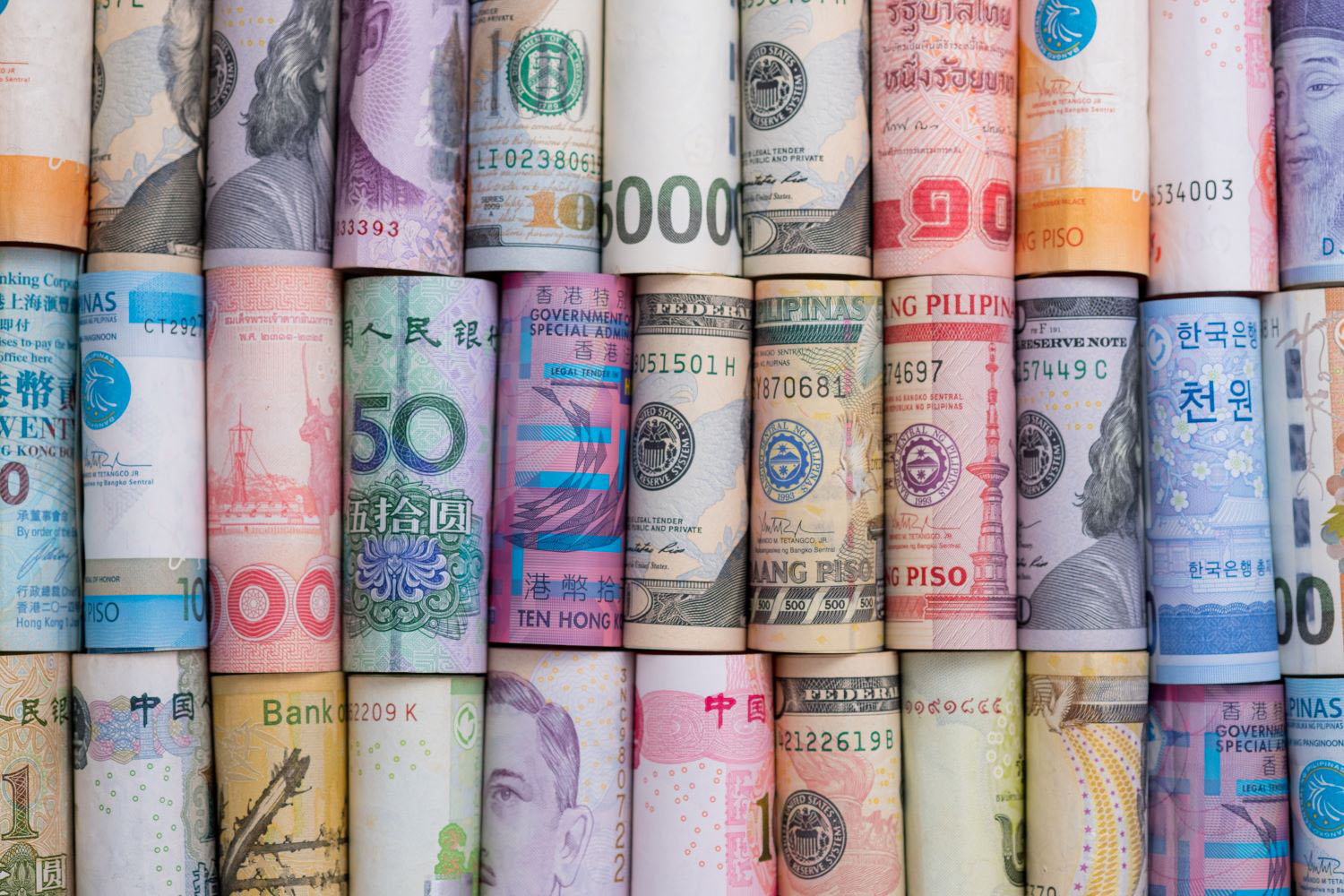The World Bank just successfully raised $52 billion for the International Development Association (IDA). What better way to build on that success than to declare IDA fundraising dead?
Do something every three years for over five decades and you become pretty good at it. Thus, the World Bank just announced another record-breaking fundraising effort for IDA, following the conclusion of the seventeenth replenishment (“IDA-17”) of the bank’s fund for the poorest countries. These triennial fundraisers are elaborate, year-long efforts that have secured IDA’s long standing position as the largest source of grant-based financing for low income countries.
But in a new essay, I argue that the World Bank risks being captured by this highly successful fundraising model at a time when the institution needs a new approach to engaging with its shareholders.
The needs of the World Bank’s client countries are changing. IDA countries are becoming IBRD countries, easing the future demands on IDA and increasing the demands on the other arms of the bank. It’s very hard to reconcile this trajectory, and the changing financing needs it implies, with an institution that continues to shake down donors for huge amounts of grant support for IDA while politely agreeing that capital increases for the rest of the institution will only be once in a generation events.
By declaring IDA-17 the last replenishment, the World Bank can move to replace it with a broader effort that takes the best features of the IDA fundraising model and applies them to a new “bank resource review” (BRR).
The new BRR, in fact, would look a lot like an IDA replenishment, with a year-long series of negotiating sessions that are heavy on policymaking and agenda-setting, alongside a consideration of financing needs. The key difference would be one of scope. The BRR would consider these things for the World Bank Group as a whole – yes IDA, but also the IBRD, IFC, and MIGA.
Bringing these elements together into a common exercise would support existing efforts to tear down silos in the bank, better rationalize policy setting across the bank’s functions, and of course, provide a more rational basis for considering financing needs for the bank as a whole.
Yes, the BRR would make it easier to tee up future capital increases for the IBRD and IFC, and at first glance, this may not sit well with the non-borrowing members of bank. But the BRR would also allow for a more flexible allocation of contributions, even if overall contributions stay the same or decline. The Europeans and Americans need not worry about growing claims on them from the bank under a BRR, just a different (and better) allocation of the existing claims over time.
So far, radical thinking on the World Bank’s fundraising model, at least when it comes to fundraising from the bank’s shareholders, has been noticeably absent from an otherwise aggressive reform agenda. The bank’s leadership should move now to change that.
So, congratulations to the World Bank for a successful IDA-17. Now, let’s move on to BRR-1.
CGD blog posts reflect the views of the authors, drawing on prior research and experience in their areas of expertise.
CGD is a nonpartisan, independent organization and does not take institutional positions.





